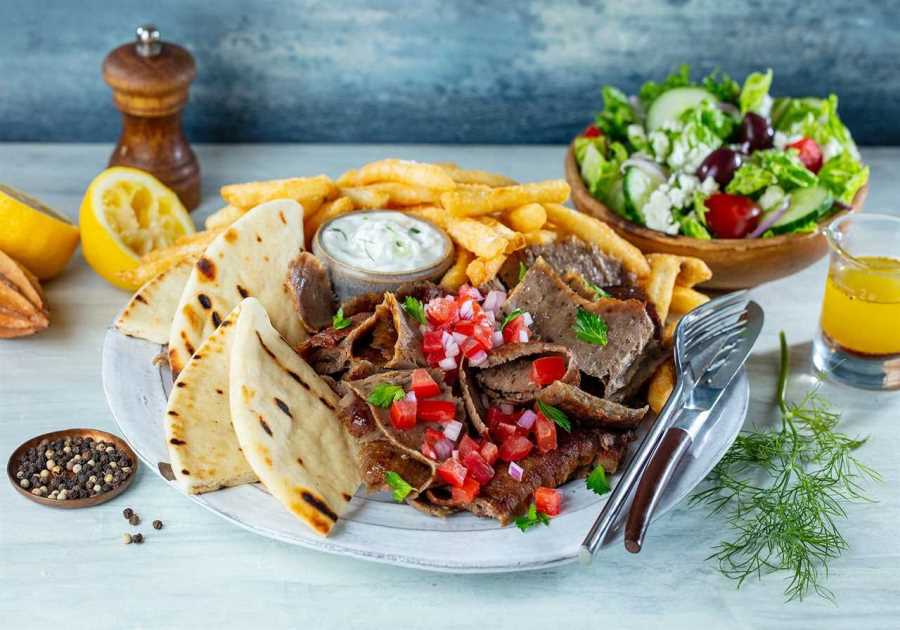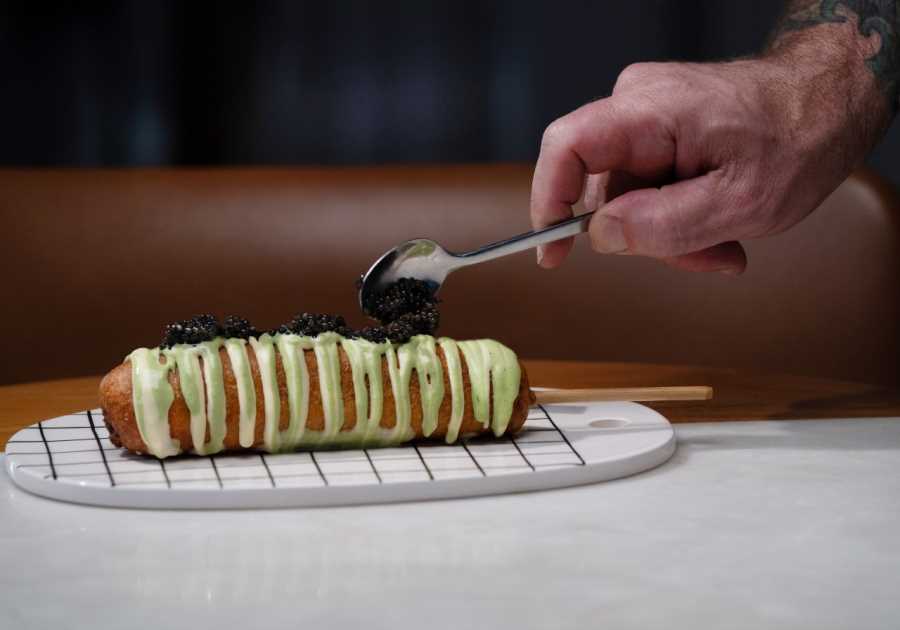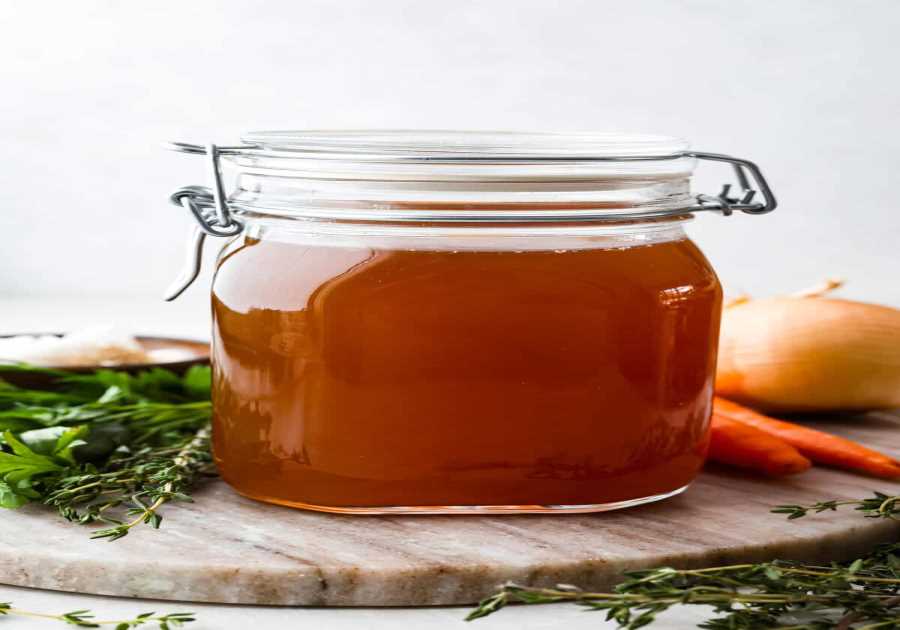You know that feeling when you’re a kid at your godparents’ house on a Sunday? The smell hits you before anything else—garlic and tomatoes doing this slow, beautiful thing on the stove, olive oil making everything smell right in the world. You’re probably bouncing around, getting in the way, and somebody’s telling you to hold on. The sauce isn’t ready.
That waiting, though. That’s actually where the whole Marry Me Marinara story starts.
Sunday Afternoons and Kitchen Wisdom
- Those Sunday gatherings were something else. They weren’t just about eating—they were this whole education in what food means when it crosses an ocean and shows up in a North Carolina kitchen. My godparents, they’d brought something with them from Italy. Not just recipes scribbled on cards, but the entire way you’re supposed to think about tomatoes and time.
Look, authentic Italian marinara doesn’t look like what most of us picture. Go to some chain place today, order marinara, and you’ll get this bright red chunky mess swimming in grease. Onion pieces the size of your thumb. That’s what we’ve learned to think is Italian. Show that to somebody from Naples and—I mean, watch their hands start flying, watch them actually cringe.
Real marinara? The kind fishermen made when they needed something basic that wouldn’t go bad on the boat? Totally different thing.
The word comes from “marinaro.” Sailor, basically. These guys would grab olive oil, decent tomatoes, maybe garlic, and make something that worked with whatever fish they’d caught. Light stuff. Fresh. Not drowning in grease or anything. If you see marinara on a menu in Italy now, it’s usually seafood. Pasta with shellfish and this delicate red sauce that lets you actually taste the ocean.

How Tradition Travels
Here’s where things get good. That tradition, that whole understanding of what sauce should be—it traveled. Landed in American kitchens, brought by people who refused to mess up their grandmother’s cooking. The godparents making sauce every Sunday in the ’70s? They weren’t making some greasy knockoff. They were making what Nonna made.
If you’ve spent any time around Italian families (or even people with Italian heritage), you know this truth: everybody’s Nonna made the best sauce. Everybody’s.
And honestly? They’re usually right.
That’s where the fascination started for me. Those Sunday kitchens. Watching everything unfold. Learning that you don’t rush tomatoes. You don’t throw in ingredients you can’t even pronounce. Quality matters. Simple ingredients matter. But time? That matters most.
From Poetry to Product
Jump to 2004. Somebody’s writing poetry about love. How it feels, how it tastes, how it turns regular moments into something you remember forever. By 2008, there’s this conversation—casual, probably over coffee or at one of those Sunday things that never really stopped. “Hey Matt, what should I name my Marinara Sauce?”
Just like that, Marry Me Marinara was born.
The name gets at something real about Italian food culture. It’s about connection, you know? Bringing people together. That moment when you taste something so good you can’t imagine not having it in your life.
There’s a reason proposal stories in Italian families always involve food. Food is the language. How you say I love you. How you say welcome home. How you say this matters to me.
2009 rolls around. Articles getting written. Product getting sold. But life happens—curveballs, detours, plans getting put on hold. The sauce that started in those Sunday kitchens, carrying all that knowledge from Naples to North Carolina, it waited. Like you wait for sauce to cook right. Can’t rush these things.
Fast forward to 2025. Full production now. Rebranding. Online sales. Marry Me Marinara Gourmet Pasta Sauce finally reaching people who’ve been settling for grocery store garbage, people who didn’t even know they could have something better.
Read more about regional inspirations behind gourmet pasta sauce.
What We’ve Lost (And What We’re Getting Back)
The American understanding of Italian red sauces? It’s been corrupted. Maybe not on purpose, but corrupted all the same. We took these complex traditions and squashed them into one greasy, interchangeable blob that gets served with mozzarella sticks. Lost all the nuance. Forgot that Italy’s got dozens of regional sauces, each one with its own purpose, its own story.
Ragu—The Sunday Sauce
Take ragu. That’s what most people think of when they picture Nonna in the kitchen, cooking for hours. Meat-based red sauce. Every region’s got variations. Sometimes big chunks of meat that get served on the side. Wild boar in some places. Rabbit in others. These recipes get passed down through generations, getting refined and perfected until you’ve got something that makes grown adults cry from nostalgia.
Arrabbiata—When Sauce Gets Angry
Or arrabbiata. Angry sauce—I mean, come on, isn’t that great? Spicy. Southern Italian thing. Olive oil, tomatoes, garlic, red chili peppers creating this kick that wakes up your whole mouth. It’s not trying to be everything. It knows what it is.
Pomodoro—Simple Perfection
Then there’s pomodoro. Probably the simplest, definitely the freshest. Order pasta pomodoro in Italy, you’re getting the color of an actual ripe tomato. Not that nuclear red from a jar. Often starts with soffritto—celery, carrot, onion chopped fine and fried in good olive oil. Then quality tomatoes. Usually canned, actually (yeah, canned—Italians are practical, not precious about it). But not the cheapest can on the shelf. The good ones, made in Italy, never marinated.
What ties all these sauces together? Simplicity. Quality ingredients. Pick up some random jar at the store and try counting ingredients. You’ll lose track. You’ll definitely spot things you can’t pronounce and wouldn’t want to eat alone. Real Italian sauces don’t work like that. They’re simple, pure, packed with actual nutrition because they’re made from real food.
That’s what Marry Me Marinara restaurant quality gourmet sauce brings back. It’s not reinventing anything. It’s remembering. Honoring those Sunday afternoons, those Nonnas who knew better, those godparents who wouldn’t compromise on what sauce should taste like.
Why Now Matters
Timing’s interesting here. We’re living in this moment where people are questioning their food. Where it comes from, how it’s made, what’s actually in it. The whole farm-to-table thing, organic movement, people wanting handmade stuff—they’re all reactions to decades of industrial food that cared more about shelf life and profit than taste or health. People are hungry for something real, even when they can’t put words to what they’re missing.
Thing about authenticity though—you can’t fake it. Can’t slap some fancy word on a label and call it done. You either get the tradition or you don’t. Either respect the process or you don’t. Either taste the difference or you don’t.
Making Real Marinara
Creating actual marinara isn’t complicated. It just needs patience. Quality tomatoes—San Marzano if you can get them, or similar sweet varieties. Good olive oil, not whatever’s cheapest. Fresh garlic, not that pre-minced jar stuff that’s been sitting there forever. Maybe some fresh basil. Salt. That’s pretty much it.
The magic’s in the timing, the temperature, the attention you give it. Let the garlic release its oils without burning. Let tomatoes break down slow, developing sweetness and layers of flavor. Taste as you go, adjust, learn what the sauce needs from you.
Where People Mess Up
Common mistakes? Rushing it. Using cheap ingredients and expecting miracles. Overcomplicating things with weird additions—sugar here, some random spice there, chunks of bell pepper because somebody once said that’s Italian. (It’s not.) Dumping in so much oregano you can’t taste anything else. Making it too thick or thin because you weren’t paying attention. Not tasting, just trusting the timer.
When you mess it up? You get what most American places serve. Heartburn on a plate. That greasy, chunky fake that makes actual Italians want to cry. You reinforce this idea that Italian food is heavy and overwhelming when it’s supposed to be light, fresh, celebratory. You lose people who might’ve fallen in love with real Italian cooking if they’d just gotten to taste it done right.
The Real Story Behind the Sauce
Marry Me Marinara Gourmet Pasta Sauce exists because somebody refused to accept that. Somebody remembered those Sunday afternoons, that fascination starting back in 1972, watching godparents create magic from basic ingredients. Somebody understood that keeping tradition alive doesn’t mean staying stuck in the past—it means bringing the best parts forward, making them available to people who deserve better than what they’ve been settling for.
This journey from Italy to North Carolina isn’t just about geography. It’s about time, spanning decades. It’s emotional, carrying the weight of family traditions and Sunday gatherings and that moment when you taste something so perfect you finally understand what food’s supposed to be. It teaches people that real Italian sauce doesn’t come from plastic jars with seventeen ingredients and shelf lives measured in years.
More than anything, it’s personal. Every great food story has somebody at the center who cared enough to do it right. To wait for the right moment. To refuse to cut corners even when it would’ve been easier. The godparents making sauce in the 1970s—they could’ve given up, switched to store-bought, let the tradition fade. They didn’t.
Decades later, that same refusal to compromise, that same commitment to doing things right, it’s bottled and ready. Not because somebody wanted quick money from selling pasta sauce. Because somebody wanted to share what they learned in those Sunday kitchens. Because somebody believed that food made with love, cooked with patience, created from quality ingredients—that actually tastes different. You can tell when somebody cares.
That’s the story. From Nonna’s kitchen in Naples to a godparent’s stove in North Carolina to jars of Marry Me Marinara ready to transform your Tuesday dinner into something memorable. It’s about refusing to let real tradition die in a world that’s too comfortable with cheap copies. About knowing that when you cook with love, you taste it. Every time.
And yeah, you’ll probably want to say yes if somebody asks you to marry them after they’ve been cooking with this sauce. Kind of the whole point, right?






